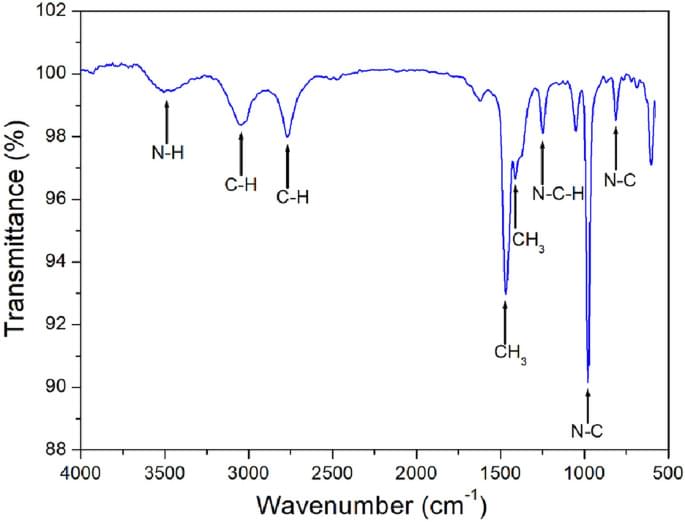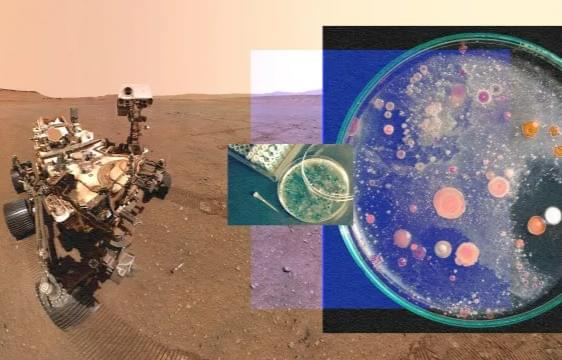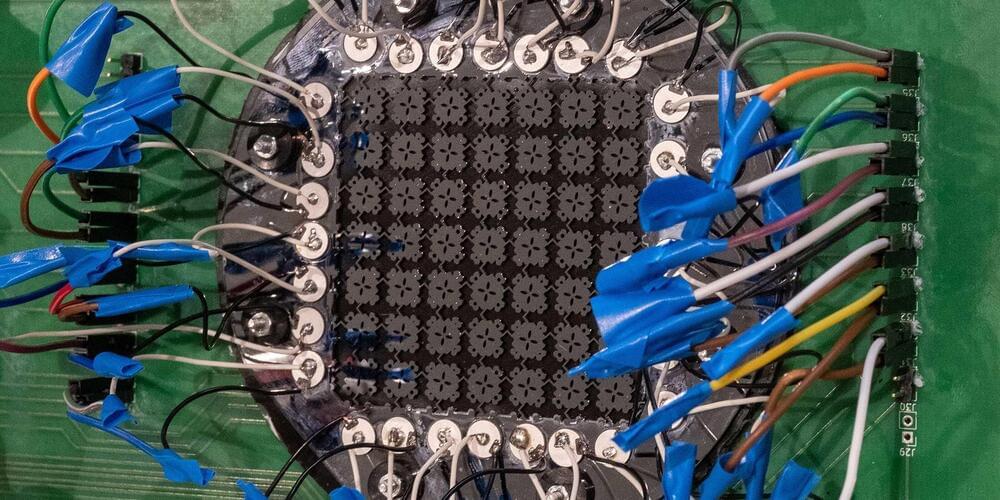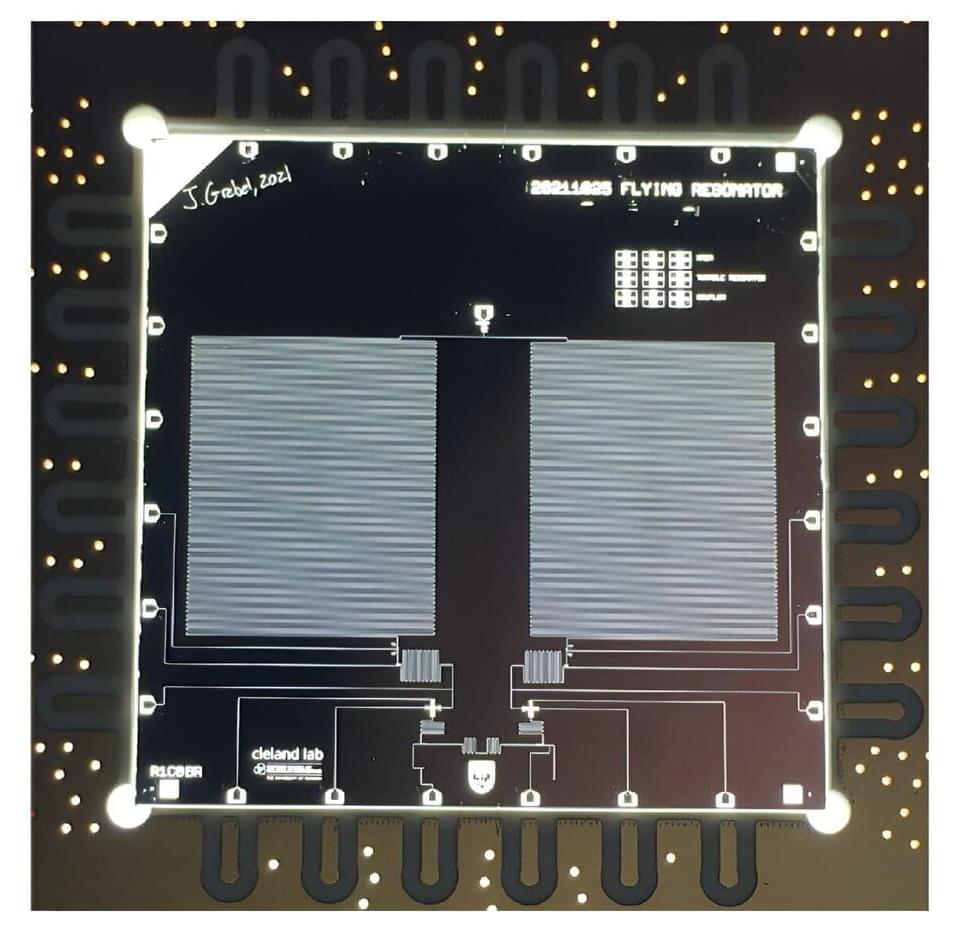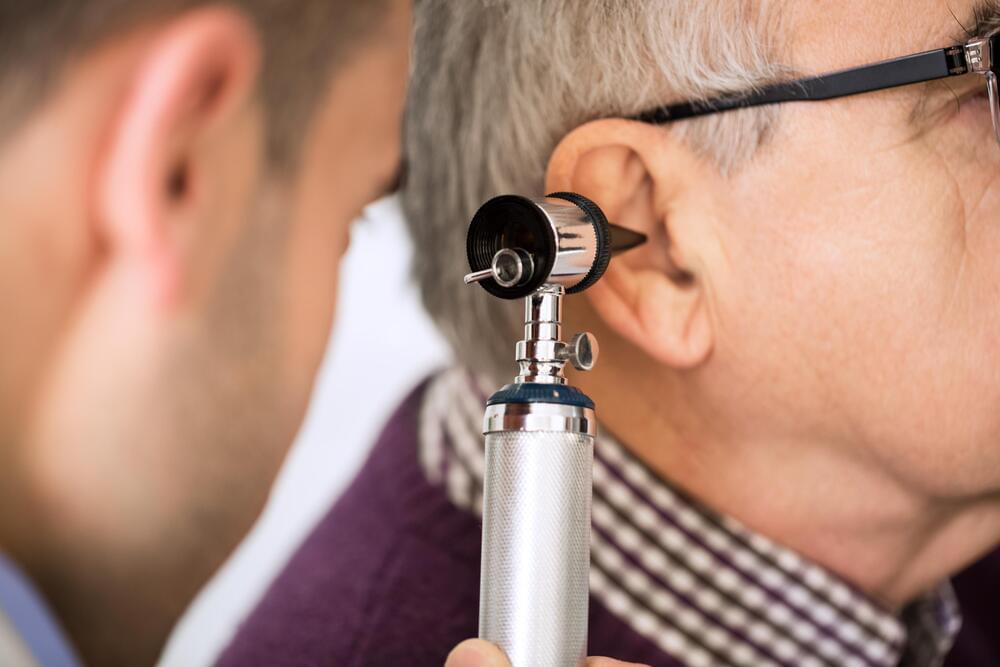
We tend to separate the brain and muscle – the brain does the thinking; the muscle does the doing. The brain takes in complex information about the world, makes decisions, while muscle merely executes. This distinction extends to our understanding of cellular processes, where certain molecules within cells are perceived as the ‘thinkers’, processing information from the chemical environment to determine necessary actions for survival, while others are viewed as the ‘muscle’, constructing the essential structures for the cell’s survival.
But a new study shows how the molecules that build structures, i.e, the muscle, can themselves do both the thinking and the doing. The study, by scientists at Maynooth University, the University of Chicago, and California Institute of Technology was published in the journal Nature.
“We show that a natural molecular process – nucleation – that has been studied as a ‘muscle’ for a long time can do complex calculations that rival a simple neural network,” said University of Chicago Associate Professor Arvind Murugan, one of the two senior co-authors on the paper. “It’s an ability hidden in plain sight that evolution can exploit in cells to do more with less; the ‘doing’ molecules can also do the ‘thinking.’”
